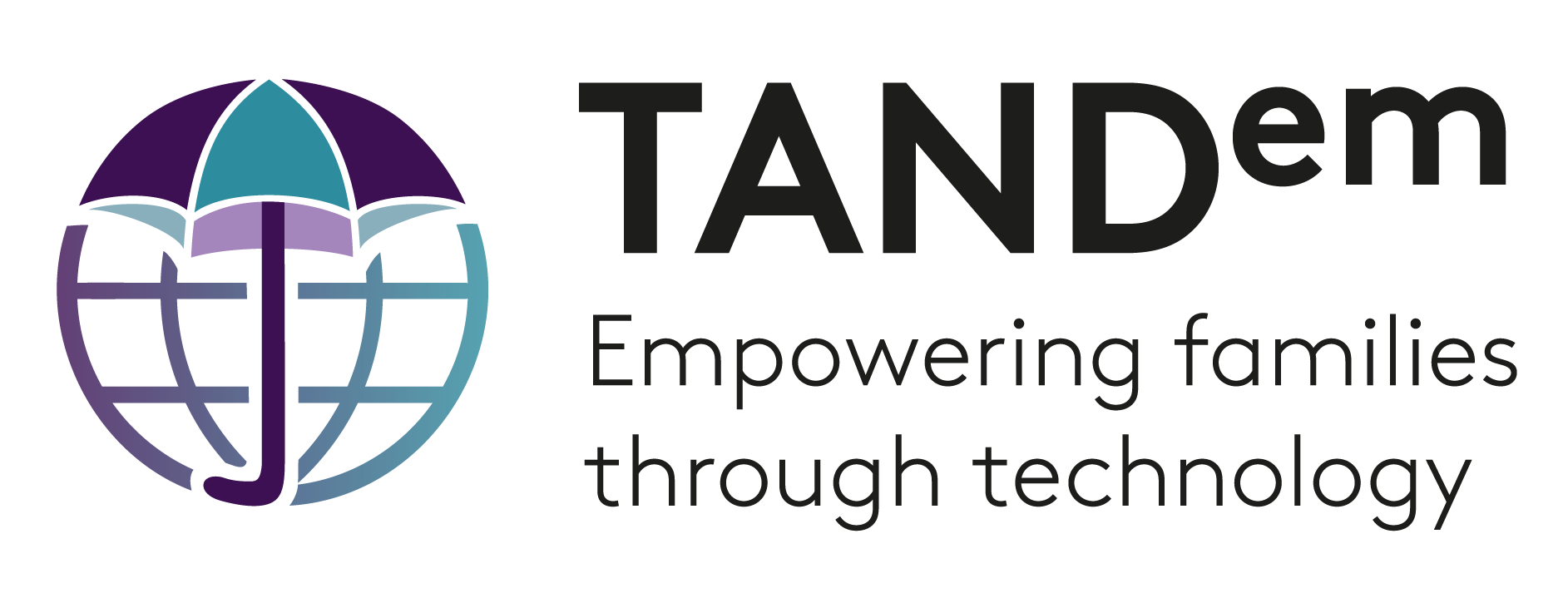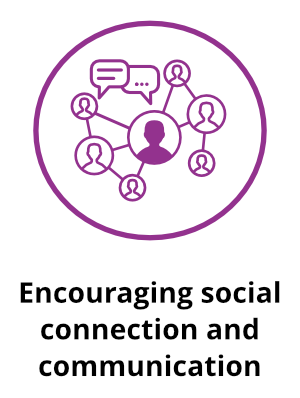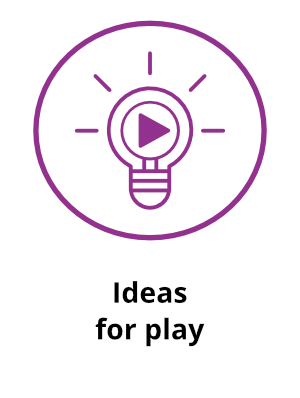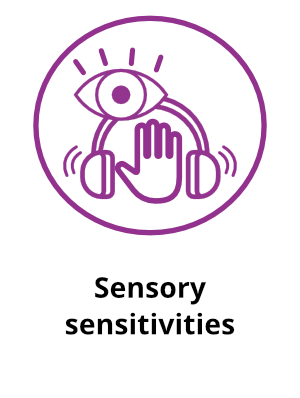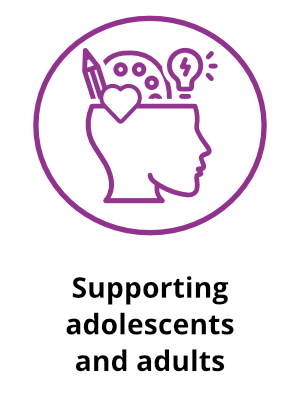Autism-like Cluster
Home > TAND Clusters > Autism-like > What to do > Visual supports and social stories
Visual supports and social stories
Visual supports
A visual support is any visual item (picture, object, or written word) that helps a person understand others, communicate with others, anticipate what is going to happen, or become more independent.
Visual supports can be very useful for helping children with autism transition from one activity to another, to understand and anticipate the events of the day, or to manage unusual events that do not happen everyday. They can also help a child to be more independent in certain tasks of daily living, such as dressing. Here are some ways you can use visual supports:
- At its simplest, you can use real objects, for example: show your child the bath towel when announcing “it’s bath time”.
- A “First ____, then _____” / “Now _____, next ________” card can be used to help a child understand what two events need to happen. Photographs, pictures on your phone, line drawings, symbols, or even written words can be used on such a card.
- A visual schedule, also using objects, pictures or words can be used to help a child follow a morning or afternoon routine, or follow the individual steps in specific routines, such as getting dressed.
The Visual Supports and Autism Toolkit compiled by the Autism Speaks Autism Treatment Network (available in the resource panel) provides clear and helpful examples of each of the above suggestions. The do2learn website also provides free pages with social skills and behavioural regulation activities and guidance, learning songs and games, communication cards, academic material, and transition guides for employment and life skills.
Another form of visual support relates to structuring the environment to assist in learning. This is sometimes referred to as structured teaching or TEACCH® and these techniques are often used in classrooms. You can learn more about TEACCH and helpful TEACCH tips that you can use at home by clicking on the link in the resource panel. These tips include suggestions for using TEACCH strategies at home, for example, completing schoolwork at home using structured systems and schedules. The TEACCH tips are available in English and Spanish.
Visual Supports and Autism Spectrum Disorders
[autismspeaks.org]
Sclera Picto’s
[sclera.be]
Printable Picture Cards
[do2learn.com]
TEACCH Tips
[teacch.com]
Social stories
Social stories are a kind of visual support. Social stories were developed by Carol Gray and consist of a simple story, usually written in the first person (from the child’s or individual’s point of view). It can be used to help prepare a child for more unusual events or deal with challenging behaviours in certain settings. It contains simple clear descriptive sentences about what will happen and what the child may experience and what they can do. For example, to prepare your child for a party you could have sentences like:
‘The music at the party will be loud. That’s because some children like that and it makes them want to dance. It’s OK if I don’t want to dance. If the music is too loud, I can wear my headphones.’
Social stories can easily be hand-drawn as comic strips or written in full sentences. They should be used and rehearsed as often as possible before, during and after the events they refer to.
Take a look at pages 59-61 of the ‘Right From the Start: a Guide to Autism in the Early Years’ resource in the resource panel for a parent’s perspective on social stories and helpful tips for creating your social stories. More information can also be found on the developers’ website listed in the resource panel. A set of ready-made social stories covering a variety of potentially tricky home situations can also be found in ‘Social Stories for Home’ in the resource panel.
